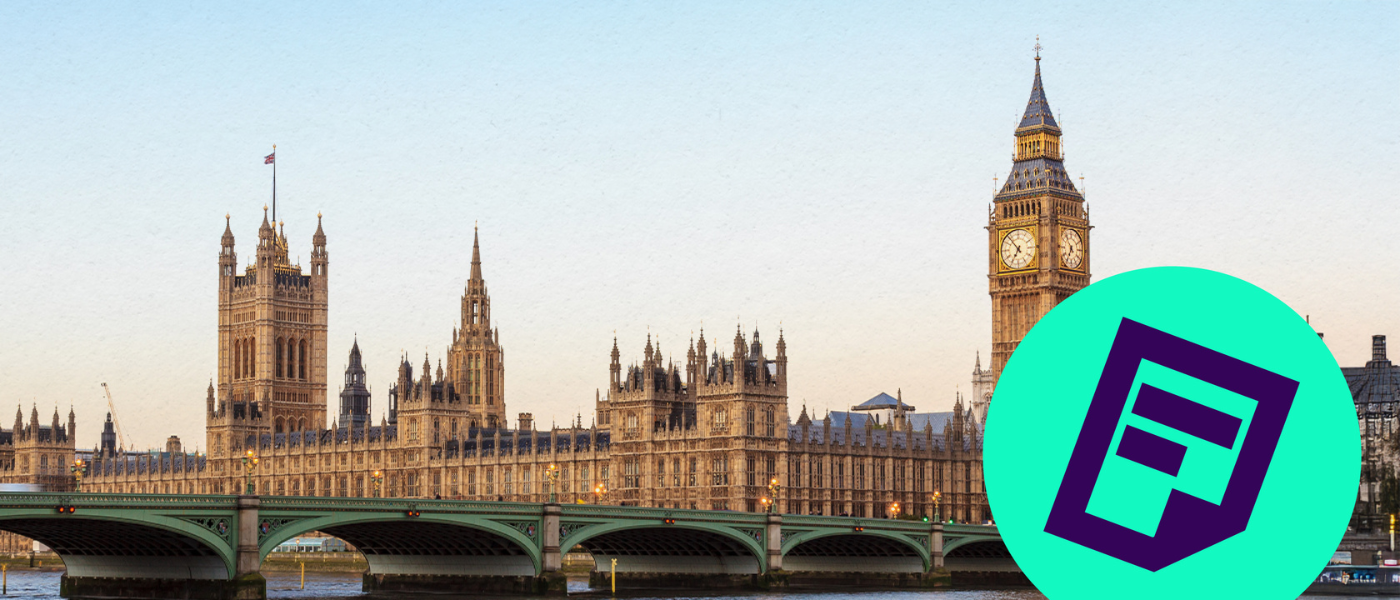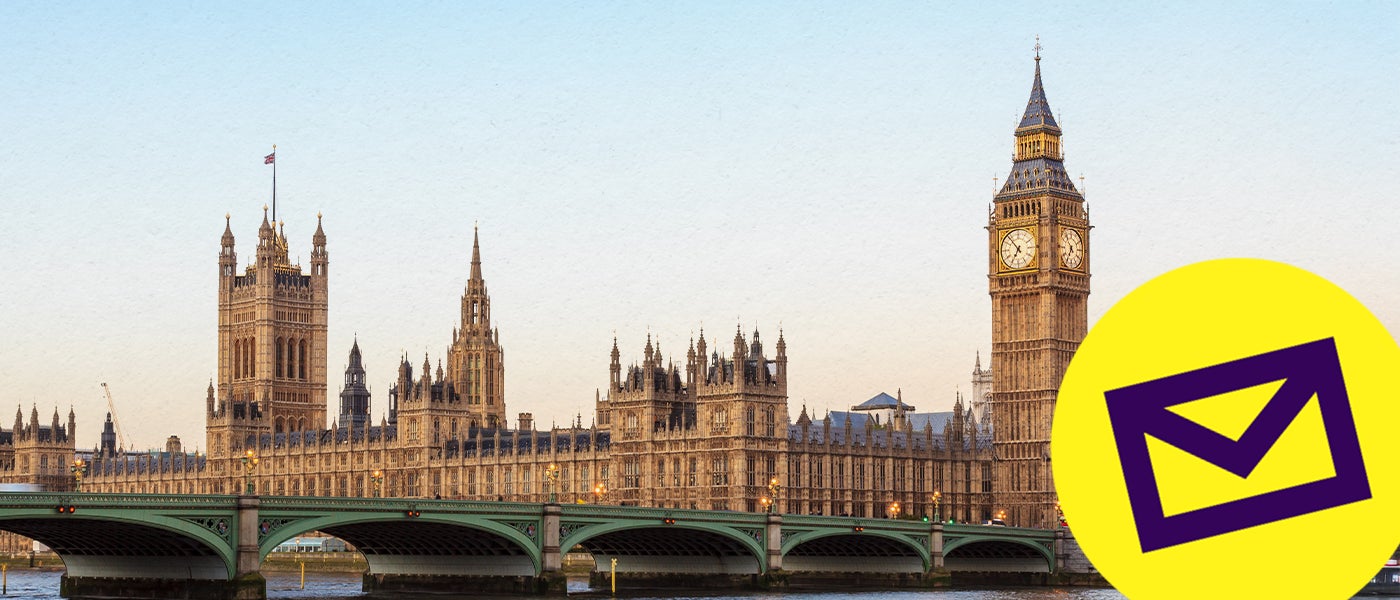- Home
- News and stories
- What is the National Disability Strategy, and what difference will it make?
What is the National Disability Strategy, and what difference will it make?
 27 July 2021
27 July 2021
Two years ago the Prime Minister committed to creating the most ambitious endeavour on disability in a generation.
Today, the Government has published the National Disability Strategy which, in the words of the Prime Minister is a ‘down payment’ on ‘building back better and fairer, for all our disabled people’.
So what is a National Disability Strategy and what is in it?
What is a National Disability Strategy?
The National Disability Strategy is a document that contains a set of commitments from each Government department that they will complete over the next year. It is the first time in a long time that there has been a shared vision across Government on disability.
The strategy incorporates some immediate tangible actions that Government will look to implement over the coming year, and some longer-term activity.
James Taylor, Executive Director of Strategy, Impact and Social Change
Despite a commitment to ‘build back better for disabled people’ the National Disability Strategy has missed the opportunity to address the inequalities that have grown as a result of COVID-19.
The Government has said it will review this plan every year and measure progress against each of the actions and commitments.
Separately, the Government is looking at welfare reform and still deciding how it intends to fund social care, so neither of these issues are covered in much detail in the strategy.
What's in it?
The Strategy contains a huge number of actions (approximately 120 of them) on everything from research, transport, employment, technology to leisure and arts. I won’t list them all, here are some of the main ones:
- The creation of a new ‘Centre for Assistive and Accessible Technology’ with £1 million of funding to ensure more effective awareness raising, training and support for disabled people to use the technology.
- A consultation on workforce reporting on disability for large employers, exploring mandated reporting as we see with gender pay gap reporting.
- Accelerating the upgrade of rail station platforms to have tactile paving.
- Introduction of legislation that will require all buses to have audible and visual announcements.
- Introduction of an Access to Work passport to allow disabled people to take kit from one job to another and from university to employment.
- £30 million investment in Changing Places facilities across the UK.
- Introduction of an Access Card to enable barrier free booking for disabled people to art and cultural events and buildings.
- A commitment to making playgrounds more accessible for disabled children.
- A commitment to look at extra costs by creating a cross-government Taskforce to address the extra cost of disability.
What will change?
There is no doubt this is an impressive, and long, list of commitments from Government, with some ‘new’ money and funding attached to them.
There are some welcome announcements such as a focus on assistive technology and improving the accessibility of websites, as well as increasing the number of Changing Places toilets across the country. On top of this, commitments to improve access to the arts, sports and leisure are welcome.
However, despite a commitment to ‘build back better for disabled people’ the National Disability Strategy has missed the opportunity to address the inequalities that have grown as a result of COVID-19.
- The fact that many more disabled households now live in poverty.
- The higher cost of living many disabled people now experience.
- Increases in disability unemployment.
- The increasing challenges families with disabled children face.
These are key things which we believe Government needs to address. To benefit disabled people. And to benefit the economy and the country as a whole.
Our Chief Executive, Mark Hodgkinson, said:
“The Government promised a National Disability Strategy that will truly transform the lives of disabled people in this country. The reality is closer to a one-year action plan.
"Many of the short term commitments made are to be welcomed, but the Strategy as a whole falls short of the transformational plan that many disabled people expected and deserve. Unless we get clear detail beyond the next 12 months, it is difficult to see how life will be significantly different for the next generation of disabled people.
“There are areas that are promising, such as the commitment to get companies reporting on disability figures in the workplace, the creation of an accessible technology centre, action to improve public transport, and a taskforce to look at the extra costs that disabled people face.
“However, there are areas where the strategy doesn't go far enough, even in this first year. Disabled children and their families will gain little from this Strategy beyond tweaks to the education system. And Government has failed to set out how and when it intends to close the disability employment gap.
“The money earmarked to deliver the Strategy is sadly not sufficient for long term transformational change, and in many cases is not ‘new’ money. Investing in disabled people can have a hugely positive impact to our country, to our economy and to disabled people’s living standards. Therefore, further investment must be prioritised as part of the upcoming spending review."
What are Scope doing about it?
At Scope, we'll seek to work constructively with government to make sure this current plan is properly funded and, to make sure it goes significantly beyond a one-year plan to a truly transformational strategy for the lives of disabled people and their families.
We will regularly look to publish Government progress against the 120 or so actions contained in the National Disability Strategy and hold each Department to account. We will also encourage Government to go further and address the root causes of inequality.
 27 July 2021
27 July 2021








